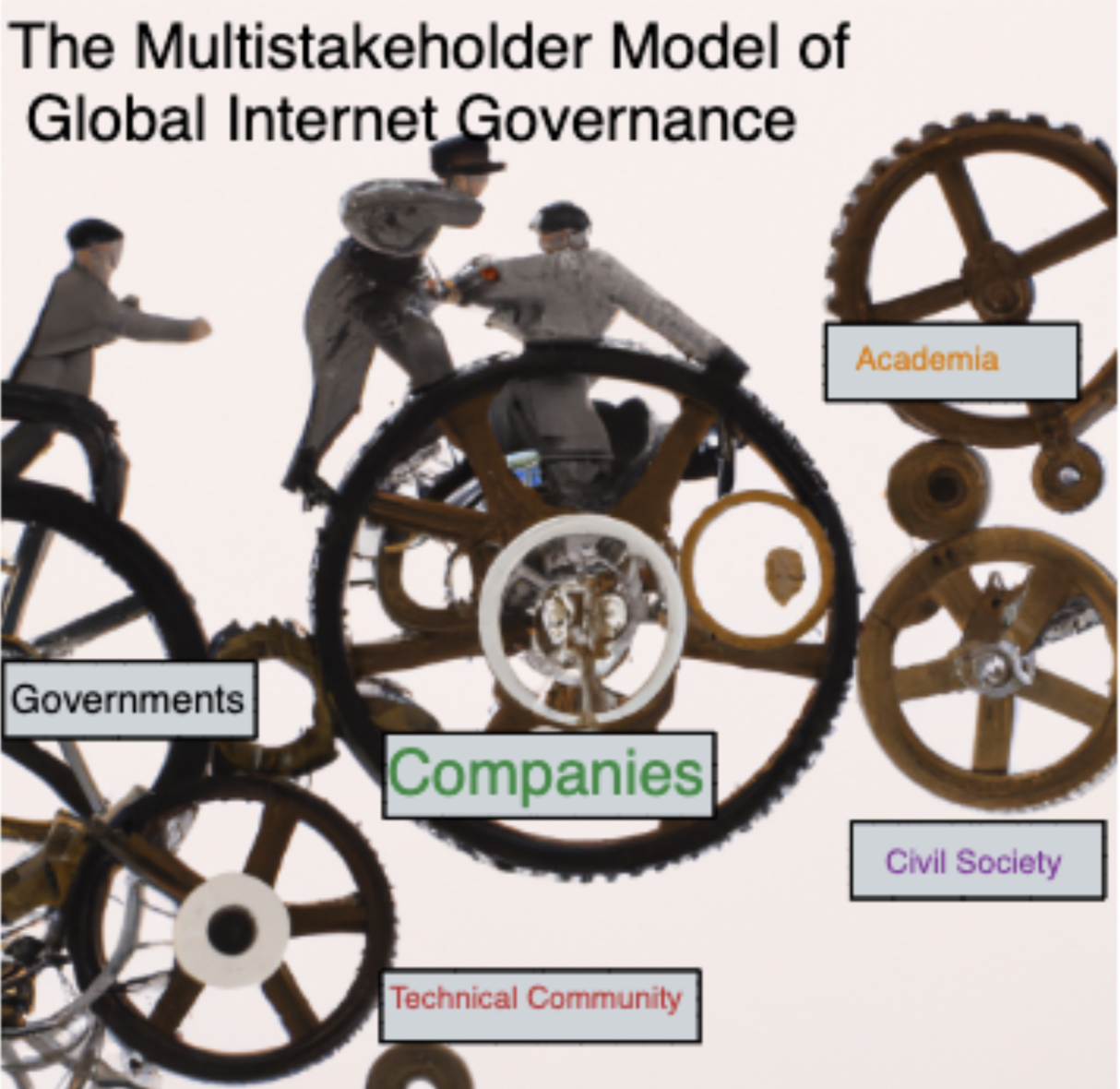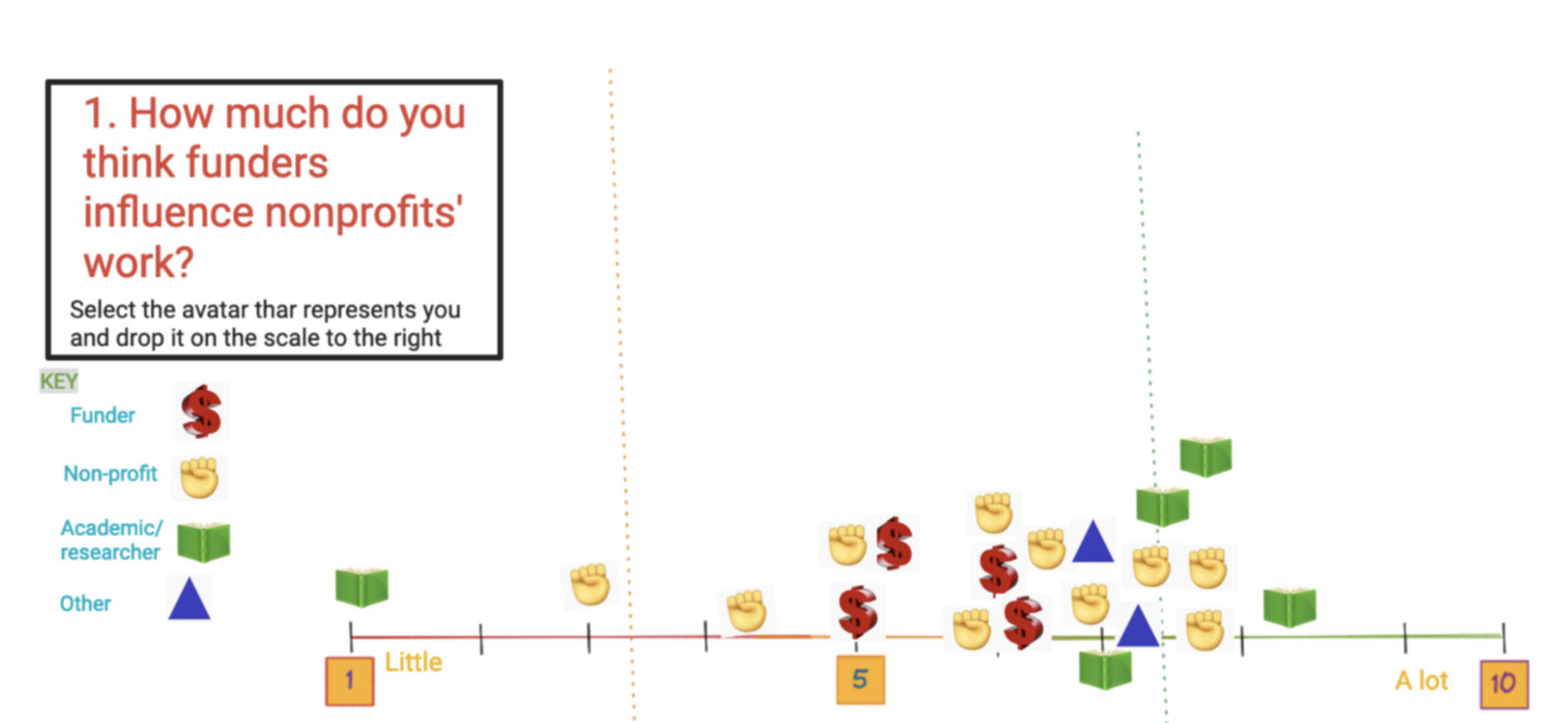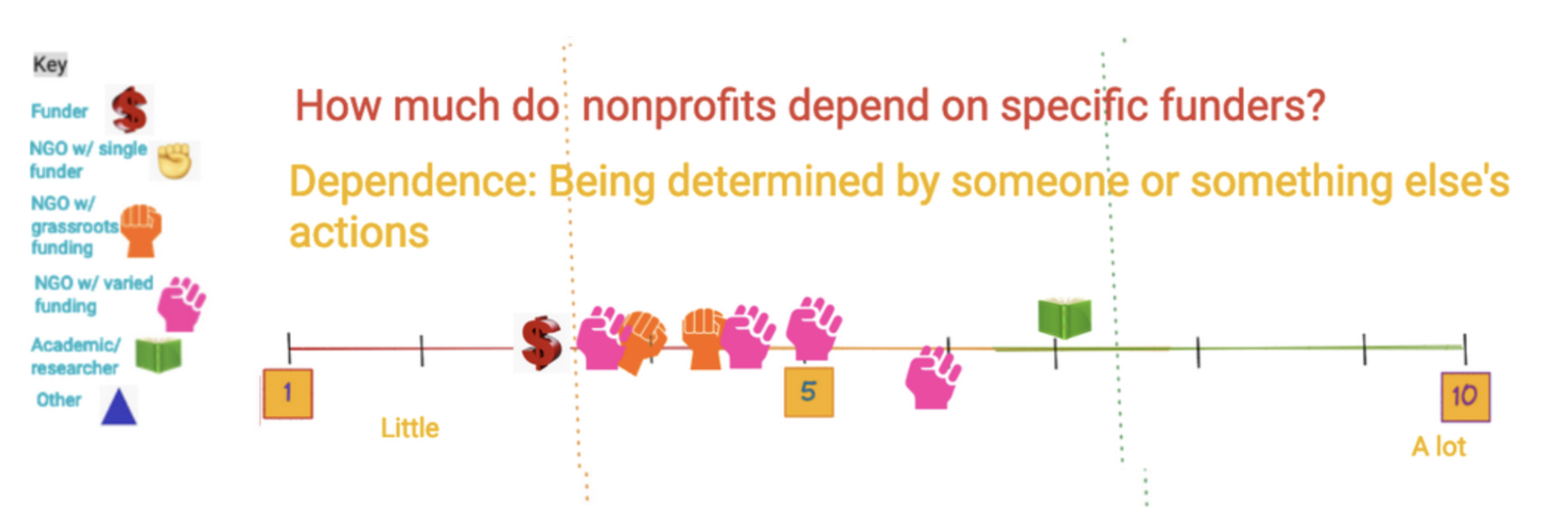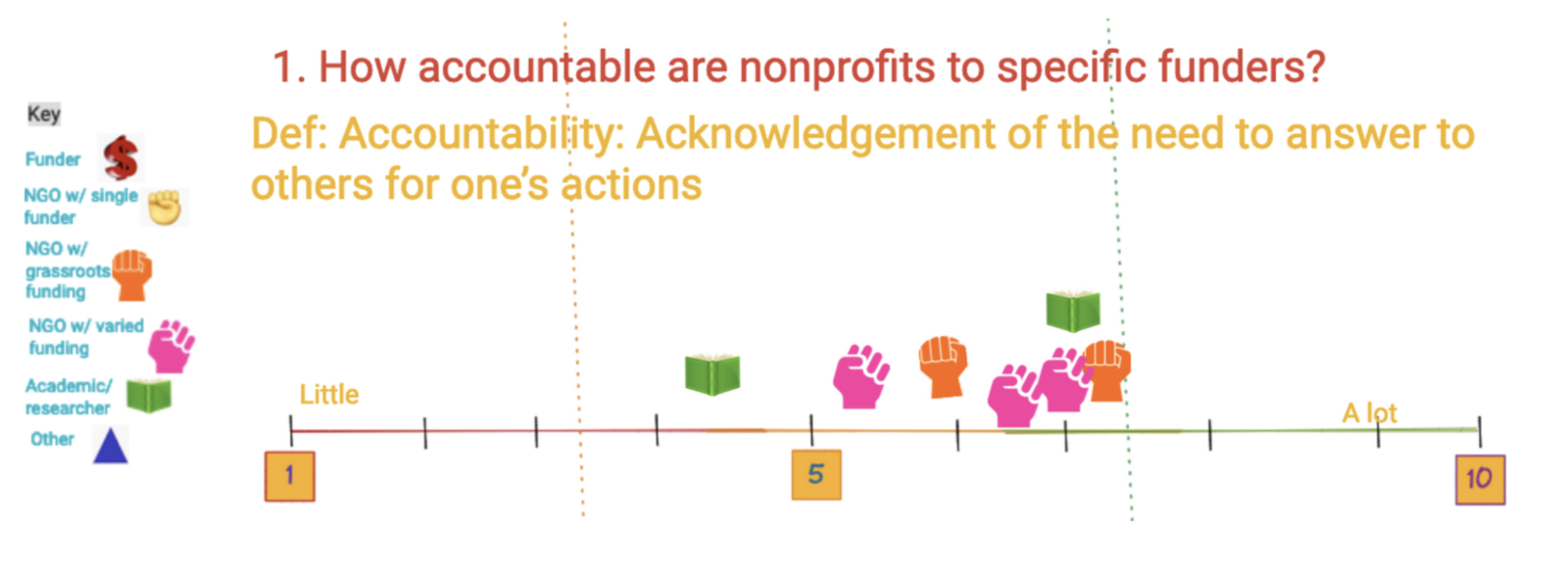Over 60% of the world’s population is now connected to the internet, with people spending several hours a day peering through their screens into carefully designed virtual worlds. As the amount of time spent online increases, so does its impact on people’s interests and rights. Our ability to achieve individual and collective goals is increasingly impacted, if not mediated, by the internet. Meanwhile, the institutions for democratic governance that were developed over centuries to organize public resources and satisfy public demands within each country seem to be struggling to exercise their authority over companies and organizations with increasingly global operations. This trend is fueling distrust in governments.
At the global level, there is an ongoing tension between three camps. First, multinational companies believe they are prepared to self-regulate and develop rules that will suit their users better than anything governments might employ. Second, China, Russia, and others argue that the United Nations should take a more active position in establishing global rules for the internet through a multilateral forum in which governments negotiate solutions. Third, the US, EU, and additional countries are interested in a multistakeholder model where governments, technical actors, companies, and civil society engage in conversation and advance consensus-based solutions. This last system has been the default for most of the internet’s decades-long history.

Sketch of the intertwined relationships created by the multistakeholder model. Developed by the authors using obsidian drawing and dall-e.
Among the main actors in the multistakeholder system of global internet governance are nonprofit organizations, chiefly funded by donations from governments and companies. A key question, then, becomes whether this system allows funding bodies to influence the agenda of nonprofits, which could destabilize the credibility and legitimacy of the multistakeholder system.
In June 2023, at the digital rights conference RightsCon, we convened 30 practitioners—representatives from nonprofits, funding bodies, and academia—for an online workshop to discuss funder influence over nonprofits. We unpacked the idea of funder influence, which we had previously discussed in a 2022 article, into autonomy, dependence, and accountability, and participants discussed the extent to which each, in their experience, affected the ability of nonprofits to deliver on their mission.

Screenshot of the output of our 2022 workshop—Read more on OGR.
Autonomy, dependence, and accountability: The good and the bad
Autonomy
Participants felt they had a certain degree of autonomy from funders, with participants clustering around the middle of the proposed scale. Autonomy was defined as the capacity to make decisions unpressured by funders, and the example given was a grantee who does not feel the need to limit their activity or massage public-facing communications to protect themselves from funder backlash.

Participants discussed a range of positive experiences with funders’ support for nonprofit work, including flexibility in their funding structure, which encourages a nonprofit to explore how to best pursue its mission. One participant described how their funder allowed the grantee to shape a report freely, only requesting visibility for the funder’s brand in the final product. Others echoed having full freedom from their funders in projects, with requirements including reporting back about overall project outcomes.
Negative experiences included funders requiring the reframing of projects to fit corporate speak or Western frames, stifling goals and programming outcomes. With government funding, changes in the administration often led to direct or indirect requests to shift framing or agendas in ways that compromised an organization’s autonomy. Other instances included forced partnerships or a funder insisting on funding a program area that was not aligned with the grantee’s mission. Overall, issues of autonomy can become more problematic in contexts of deeply ingrained power imbalances.
Dependence
Sometimes, however, the impact on agendas can happen at a more imperceptible scale, where shifts in donor priorities make money available for some organizations while withholding it from others. This can happen without the direct pressure of funding agencies on specific nonprofits, thus dependence was defined as nonprofits’ decisions being determined by others’ actions. For instance, if a funder pivots its internal mission, nonprofit organizations dependent on this funding may feel pressured to follow, even without the funder’s knowledge or intent. Participants expressed that nonprofits are somewhat dependent on specific funders.

Participants agreed that the funding model could increase dependence on funders, even those with no intention to nurture such dependence. Among the positive aspects of the funder–grantee relationship, participants highlighted that funders facilitated collaboration and networking among nonprofits, reinforcing shared objectives.
Negative experiences involved challenges with regranting funds to grassroots organizations through middle organizations that lacked the administrative capacity to deal with the subsequent monitoring, payment, and evaluation processes. This process sometimes led to broader reporting requirements that diminished control and fostered imbalanced dynamics. Limited transparency from funders hindered the sharing of valuable insights and lessons learned, fostering a feeling of precarity and instability.
In general, participants emphasized the importance of financial independence, open communication, and equitable partnerships with program officers to mitigate nonprofits’ dependence on funders. Lastly, some participants raised the issue of how shifts in policies by major funding bodies are often difficult to predict; these shifts can suddenly curtail access to funds and be challenging to explain to members of the nonprofit or its beneficiaries, creating a backlash and a loss of credibility.
Accountability
Grants have a financial aspect, and while accountability is an understandable corollary, it can often become a mechanism of undue influence. In the workshop, we defined accountability as the recognition of the imperative to answer to others for one's actions. For example, nonprofit organizations are tasked with the responsibility of explaining budget reallocations to their funders. This aspect of accountability can trigger mixed outcomes. On the one hand, it can allow nonprofits to demonstrate their commitment to the effective use of resources. On the other hand, it can provide funders with a mechanism through which to exercise control over the allocation of resources and the advancement of different programs, resulting in undue influence.

According to participants, some of the positive outcomes of accountability processes included the fostering of collaborations through thoughtful partnerships that enabled more efficient paths toward pre-established goals. Partnerships with dedicated donors and community funding accountability were considered useful channels for generating ideas and reasserting the work’s relevance before the community.
Negative experiences arose when funders lacked an understanding of how changes in context might demand fund reallocation, imposed valueless activities, created cumbersome processes, or changed requirements mid-project. Intermediaries may overlook financial mistakes, exacerbating challenges in the communication between a nonprofit and its ultimate funder. These challenges can strain already limited community resources and heighten precariousness for nonprofits.
Overall, participants underlined the crucial importance of striking a balance between responsiveness and flexibility. Genuine partnerships that maximize the positive impact and mitigate the negative consequences of accountability mechanisms require funders to acknowledge that the domain expertise and understanding of local contexts lie with the grantee.
Conclusion
While relationships between nonprofits and their funders can have positive effects and provide nonprofits with a bird’s eye view of the field, they can also involve misaligned objectives, burdensome processes, and changing requirements. These are rarely discussed. However, we believe that nurturing more public discussion on funder–grantee relationships is key to facilitating nonprofits’ work in the communities they serve. These discussions will help ensure the correct operation of the multistakeholder model currently guiding attempts to sustain the planetary breadth of our global information system.
In Part II, we present the recommendations that surfaced during the workshop on how to best deal with these challenges and limit undue influence from funders.
—
We thank the workshop participants for their contributions.

